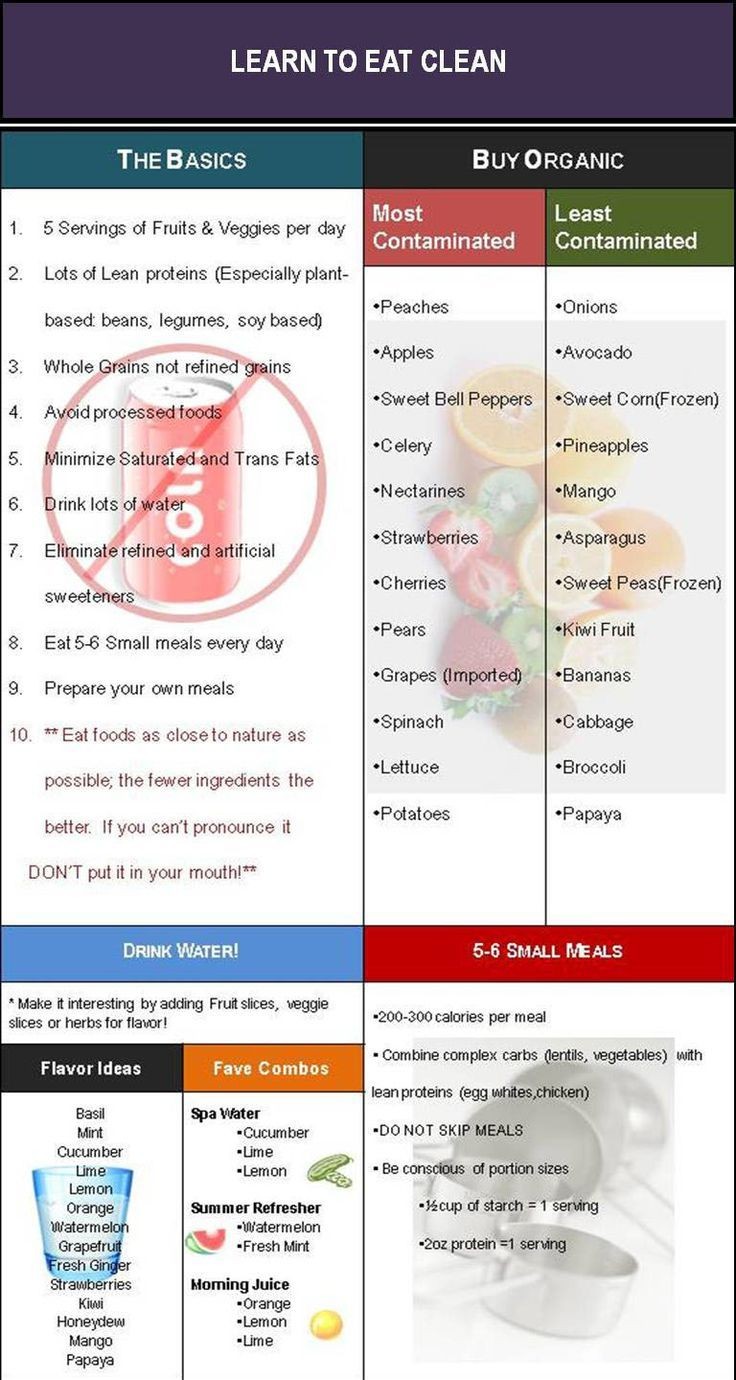
Contents
- 1 Gastroparesis Diet: Avoid & Eat
- 1.0.1 7 Foods to Eat and Avoid for Gastroparesis
- 1.0.1.1 1. Starches, Bread, and Grains
- 1.0.1.2 2. Fruits (cooked and blenderized if necessary)
- 1.0.1.3 3. Milk and Dairy Products
- 1.0.1.4 4. Meats and Meat Substitutes (ground or pureed)
- 1.0.1.5 5. Sweets and Desserts
- 1.0.1.6 6. Fats and Oils (limit if not tolerated)
- 1.0.1.7 7. Beverages (avoid alcohol completely)
- 1.0.1.8 QUESTION
- 1.0.2 5 Foods Recommended by Dietitians for Gastroparesis
- 1.0.3 5 Foods to Avoid for Gastroparesis
- 1.0.4 3 Recommended Steps for Gastroparesis Progression
- 1.0.5 4 Diet Tips for Gastroparesis
- 1.0.1 7 Foods to Eat and Avoid for Gastroparesis
Gastroparesis Diet: Avoid & Eat
Softer meals are better because they are easier to digest and place less strain on the digestive system.
The goal of the gastroparesis diet is to decrease gastrointestinal symptoms while managing fluid and nourishment intake. Diet is critical in improving gastroparesis symptoms. Besides knowing what to eat and avoid, dietary modifications are crucial.
Gastroparesis, or delayed stomach emptying, occurs when stomach muscles do not function properly, preventing complete emptying of the stomach.
Gastroparesis can cause nausea, vomiting, disruptions in blood sugar levels, and nutritional imbalances. Working with a dietitian can help determine the most beneficial foods for gastroparesis sufferers.
7 Foods to Eat and Avoid for Gastroparesis
1. Starches, Bread, and Grains
- Avoid: White bread (including French/Italian), bagels, English muffins, dinner rolls, pita bread, tortillas, waffles, pancakes, breadsticks, quick oats (plain), grits, cream of wheat, cream of rice, puffed wheat and rice, cereals, rice crispers, white rice, pasta, bulgar, barley, saltine crackers, oyster crackers, pretzels, matzoh
- Eat: Whole-grain bread, bread with nuts and seeds, fry bread, any bran cereal, any cereal with nuts or seeds, brown rice, whole-grain pasta, couscous, quinoa, potato chips, and popcorn
2. Fruits (cooked and blenderized if necessary)
3. Milk and Dairy Products
- Eat: One percent or skim milk, low-fat yogurt with fruit, low-fat cottage cheese, Parmesan cheese, strained cream soups
- Avoid: Whole or two percent milk, Greek yogurt, other cheeses
4. Meats and Meat Substitutes (ground or pureed)
- Eat: Beef (tenderloin, rump, and round), lean pork (tenderloin, pork chops, and 97 percent fat-free ham), skinless poultry (chicken and turkey), fish/shellfish (tuna in water, shrimp, clams, crab, scallops, lobster, and oysters), eggs (not creamed or fried), tofu, veal, duck, goose, and pheasant
- Avoid: Legumes, beans, baked beans, soybeans, fried eggs, fried or breaded meat, and meat with skin
5. Sweets and Desserts
6. Fats and Oils (limit if not tolerated)
7. Beverages (avoid alcohol completely)
QUESTION
5 Foods Recommended by Dietitians for Gastroparesis
Softer meals are better because they are easier to digest and place less strain on the digestive system.
- Fruits and Vegetables: Purees, smoothies, canned peaches and pears, well-cooked fruits and vegetables, juices, and soups
- Carbohydrates and Starches: Corn tortillas, English muffins, puffed wheat, rice cereal, potatoes, sweet potatoes (no skin), white or refined bread, crackers, bagels, pasta, and rice
- Fiber: Be cautious with fiber intake as it can cause constipation. Low-fiber meals are recommended.
- Meat, Eggs, and Dairy: Reduced-fat cottage cheese, custard, eggs, ground or pureed meats, low-fat milk and milkshakes, plain and frozen yogurt, poultry without skin, shellfish, tofu, and tuna
- Oils: Coconut oil is beneficial for digestion and intestinal health
5 Foods to Avoid for Gastroparesis
Avoiding these foods can alleviate symptoms as they are harsh on the digestive system:
- Fatty foods
- High-fiber foods (apples, berries, figs, oranges, broccoli, cauliflower, cabbage, green beans, whole-grain cereals, nuts, seeds, beans, and lentils)
- Foods that are difficult to chew (nuts, seeds, corn, and popcorn)
- Junk food (can induce blood sugar fluctuations, hinder satiety, and lack nutrients)
- Alcohol (significantly slows stomach emptying)
3 Recommended Steps for Gastroparesis Progression
As gastroparesis progresses, consider these steps:
1. Electrolyte solution and bouillon
2. Starches, chicken, and fish
3. Liquids that exit the stomach quickly due to gravity
Stay hydrated with liquids that provide essential salts and minerals, except for salt and potassium. Add a small quantity of dietary fat (up to 40 grams per day) for calories. Avoid fatty meals and oils as they hinder stomach emptying. Severe nausea and vomiting can be managed by sipping moderate amounts of electrolytes. Any consumed liquid should have calorie content. Consider taking a multivitamin supplement.
As the diet advances, include soups with noodles or rice, as well as crackers. Consume these foods in six small meals per day along with a daily multivitamin. Easily digested carbohydrate and protein sources include noodles, spaghetti, potatoes, rice, baked chicken breast, and fish. Avoid fatty foods and red meats, fresh vegetables, and fibrous foods that promote bezoar formation.
4 Diet Tips for Gastroparesis
Try these four diet tips to improve gastroparesis and reduce symptoms:
- Eat smaller meals to facilitate proper stomach emptying and reduce bloating.
- Chew food thoroughly to aid digestion.
- Avoid lying down during and after meals to allow gravity to aid digestion and reduce acid reflux.
- Drink fluids between meals instead of with meals to prevent stomach bloating and aid hydration.
Medication and surgery are options for treating gastroparesis. Medications can stimulate gastric muscles and reduce nausea and vomiting. In severe cases, surgery may be necessary to place a feeding tube or a gastric venting tube to relieve stomach pressure. Feeding tubes are temporary measures for severe gastroparesis.
By clicking Submit, I agree to the MedicineNet’s Terms & Conditions & Privacy Policy and understand that I may opt out of MedicineNet’s subscriptions at any time.
By clicking Submit, I agree to the MedicineNet’s Terms & Conditions & Privacy Policy and understand that I may opt out of MedicineNet’s subscriptions at any time.


